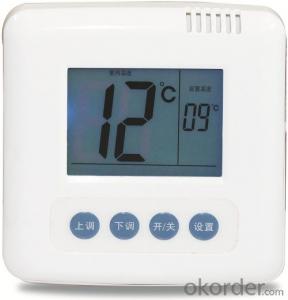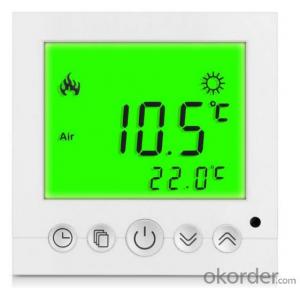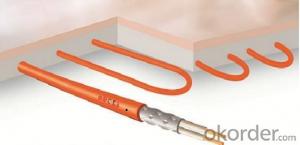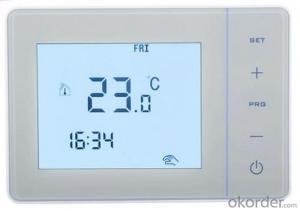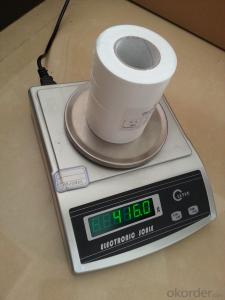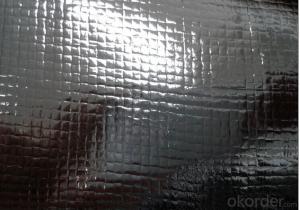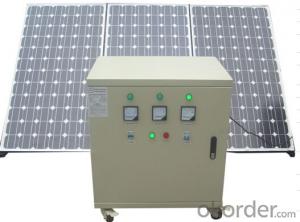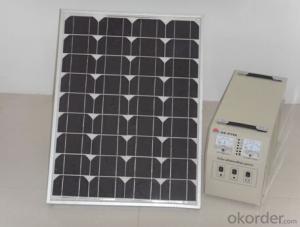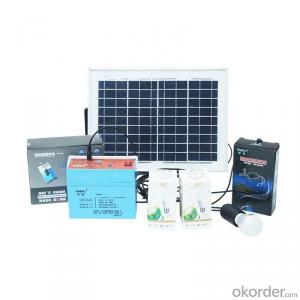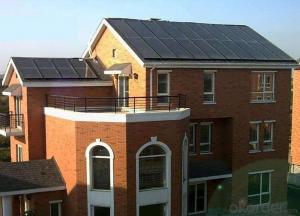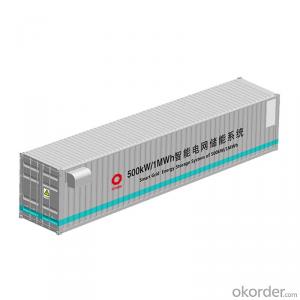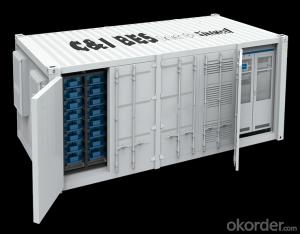Best Inverter Solar System
Best Inverter Solar System Related Searches
Best Paint For Stainless Steel Best Inverter For Solar System Solar Panel Inverter For Home Best Inverter For Solar Pv Best Inverter For Solar Best Solder For Solar Cells Solar Panel Inverter For Rv Best Aluminum Foil For Bbq Pvc Tiles For Walls Best Prop For SpeedHot Searches
Type Of Inverter For Solar Price Of Shipping Containers For Sale Types Of Inverter For Solar Used Sandwich Panel For Sale Bags Of Cement For Sale Pvc Chairs For Sale Tilt Panel Props For Sale Types Of Temporary Side Panels For Cement Deck Cost Of Awnings For Decks Type Of Scaffolding With Pdf Price Of Scrap Stainless Steel Price Of Stainless Steel Scrap Price Of Stainless Steel Type Of Stainless Steel Best Solar Inverter In China Types Of Stainless Steel Grades Types Of Stainless Steel China Aluminum Coil Factory pvc pipe manufacturers in usa Sandwich Panel Price In IndiaBest Inverter Solar System Supplier & Manufacturer from China
Okorder.com is a professional Best Inverter Solar System supplier & manufacturer, offers integrated one-stop services including real-time quoting and online cargo tracking. We are funded by CNBM Group, a Fortune 500 enterprise and the largest Best Inverter Solar System firm in China.Hot Products
FAQ
- Yes, a solar energy system can be installed on a historic building. However, it may require careful planning and consideration to ensure that the installation does not compromise the historical integrity or aesthetics of the building. It is important to work with experts in historic preservation and solar energy to find the most suitable design and implementation for the specific building.
- Hail has the potential to cause significant damage to the performance of solar panels. The impact of hail on solar panels can vary depending on the size and velocity of the hailstones, as well as the quality and durability of the panels themselves. One immediate impact of hail is physical damage to the surface of the solar panels. Hailstones can create cracks or fractures in the glass or other protective layers of the panels, which can compromise their ability to capture sunlight and generate electricity. These damages can also lead to water infiltration, further reducing the efficiency and lifespan of the panels. Another consequence of hail is the displacement or misalignment of solar cells within the panels. If hailstones strike the panels with enough force, they can dislodge or shift the position of the cells, disrupting their optimal alignment and reducing the overall efficiency of the panel. This misalignment can result in decreased energy production and a decline in the panel's performance. Furthermore, hail can cause damage to the electrical connections and wiring within the solar panel system. Hailstones can impact the junction boxes, connectors, and cables, potentially causing them to loosen or break. This damage can lead to electrical faults, reduced energy output, and even system failure if not addressed promptly. In areas prone to hailstorms, it is crucial to consider the design and installation of solar panels to mitigate potential damage. Many manufacturers offer panels with tempered or reinforced glass to withstand the impact of hailstones better. Additionally, incorporating protective measures such as hail guards or covers can help shield the panels from direct hail damage. Regular maintenance and inspection are also essential to identify and address any hail-related damages promptly. Timely repairs or replacements of damaged panels, cells, or electrical components will help restore the performance and efficiency of the solar panel system. Overall, the impact of hail on the performance of solar panels can be significant, potentially reducing energy production and increasing maintenance costs. However, with proper precautions, durable materials, and adequate maintenance, the potential negative impact of hail on solar panels can be minimized, ensuring the longevity and effectiveness of the solar energy system.
- Yes, solar energy systems can be used to power mining operations. Solar energy is a renewable and sustainable source of power that can be harnessed to generate electricity. Mining operations, which often require a significant amount of energy, can benefit from solar energy systems in several ways. Firstly, solar panels can be installed on the roofs of mining buildings or on nearby land to capture sunlight and convert it into electricity. This electricity can then be used to power various operations within the mining site, such as lighting, ventilation systems, and machinery. By utilizing solar energy, mining companies can reduce their dependence on fossil fuels and lower their carbon footprint. Additionally, solar energy systems can be combined with energy storage solutions, such as batteries, to ensure a continuous power supply even when the sun is not shining. This allows mining operations to have a reliable source of electricity throughout the day and night, reducing the need for backup generators or relying solely on the grid. Moreover, solar energy systems can be particularly advantageous for remote mining sites that are located far away from the electrical grid. In such cases, installing solar panels and battery storage systems can provide a cost-effective and sustainable solution for powering mining operations without the need for lengthy transmission lines or expensive diesel generators. In summary, solar energy systems have the potential to be effectively used in powering mining operations. They offer a renewable and sustainable source of electricity, reduce reliance on fossil fuels, and can be combined with energy storage for uninterrupted power supply. By adopting solar energy, mining companies can not only reduce their environmental impact but also enhance their long-term sustainability and operational efficiency.
- Yes, solar panels are weather-resistant. They are designed to withstand various weather conditions, including rain, snow, hail, and high winds. The materials used in solar panels are durable and can withstand exposure to different climates and temperatures. However, extreme weather events like hurricanes and tornadoes can potentially damage solar panels, although this is relatively rare.
- Solar energy can significantly increase property value by reducing energy costs, offering potential tax incentives, and appealing to environmentally conscious homebuyers.
- Yes, solar energy systems can be used in areas with high levels of dust. While dust can potentially reduce the efficiency of solar panels, it is still possible to generate electricity from sunlight. Regular cleaning and maintenance of the solar panels can help mitigate the impact of dust on their performance. Additionally, advancements in solar panel technology, such as anti-soiling coatings and self-cleaning mechanisms, have made it easier to maintain their efficiency in dusty environments. However, it is important to note that the effectiveness of solar energy systems in dusty areas may vary depending on the severity and type of dust present.
- The amount of space needed for installing a solar energy system depends on various factors, such as the size and capacity of the system, the efficiency of the solar panels, and the energy requirements of the property. Generally, a typical residential solar energy system requires around 100 to 500 square feet of roof space, depending on the number and size of the solar panels. However, ground-mounted systems can also be installed if there is sufficient space available on the property. It is recommended to consult with a solar energy expert or installer to determine the specific space requirements based on individual needs and circumstances.
- Yes, a solar energy system can certainly be installed on a barn or agricultural building. In fact, it is becoming increasingly common for farmers and agricultural businesses to harness the power of solar energy to meet their electricity needs. Installing solar panels on barns or other agricultural buildings offers numerous benefits. Firstly, barns and agricultural buildings often have large rooftops or open areas, which provide ample space for installing solar panels. This allows for the efficient utilization of solar energy and can generate a significant amount of electricity. Secondly, installing a solar energy system on a barn or agricultural building can help reduce or even eliminate electricity costs for the property. This is particularly advantageous for farmers who typically have high energy consumption due to the operation of various equipment such as irrigation systems, lighting, ventilation, and machinery. Moreover, solar energy systems are environmentally friendly and produce clean, renewable energy. By installing solar panels, farmers can significantly reduce their carbon footprint and contribute to a greener and more sustainable future. Additionally, many governments and utility companies offer financial incentives, grants, or tax credits to encourage the adoption of solar energy systems. These incentives can help offset the initial installation costs and make the investment in solar energy more affordable for farmers. Lastly, a solar energy system on a barn or agricultural building can also serve as a backup power source during power outages, ensuring that critical operations can continue uninterrupted. In conclusion, installing a solar energy system on a barn or agricultural building is not only feasible but also highly beneficial. It allows farmers to reduce energy costs, lower their environmental impact, and potentially generate additional income through incentives or selling excess electricity back to the grid.

